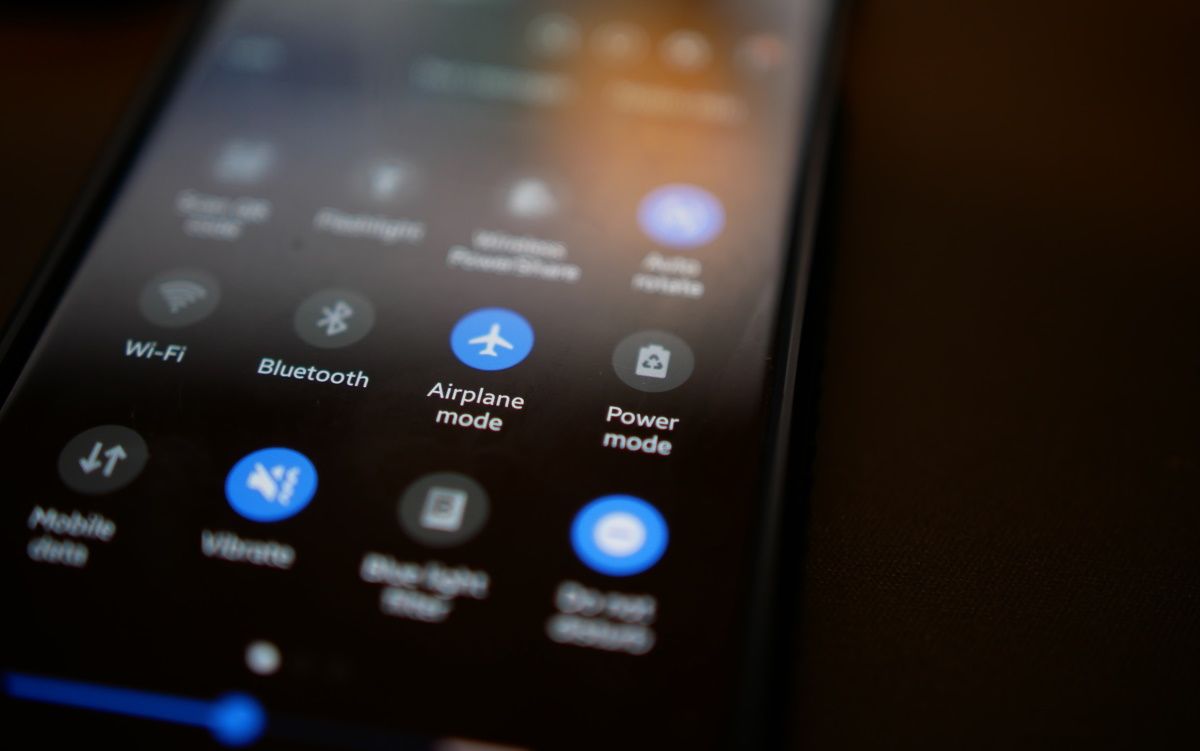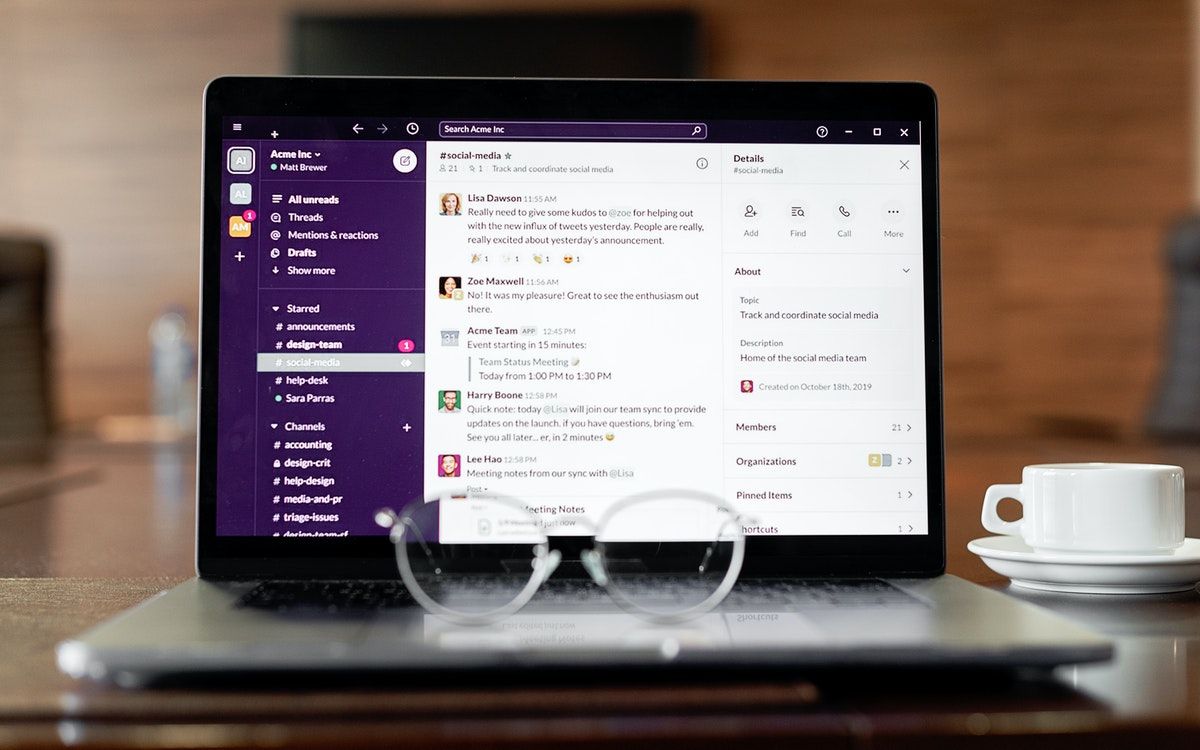Like many, you are probably looking for ways to do more work in less time. And in today’s technologically advanced world, that equates to adopting the right digital tools.
But there can be a dark side to this, especially when companies are introducing new tools faster than ever before to adapt to changing work models. In this article, we will discuss methods for developing a healthy relationship with technology and dealing with technostress.
What Is Technostress?
Technostress is the harmful physical, psychological, and behavioral impact that people experience when they are overwhelmed by or unable to cope with the adoption of new technologies. Its consequences include headache, burnout, panic attack, eye strain, neck pain, insomnia, anxiety, depression, etc.
The term initially gained popularity in 1984 through Craig Brod’s book, titled Technostress: The Human Cost of the Computer Revolution, exploring the negative impact of our reliance on technology.
Unsurprisingly, our dependence on technology has only grown since then, as it has become an integral part of our professional and personal lives. Sadly, technostress has also become a growing concern recently. Teams have to adopt new tools for remote collaboration and communication.
Types of Techno-Stressors
The main causes of technostress can be grouped into five categories:
- Techno-Overload: This occurs when people have to deal with constant interruptions from emails, too many tasks, and notifications from multiple sources.
- Techno-Invasion: It occurs when people struggle to create clear boundaries between the workplace and their personal lives as they keep receiving work notifications after work hours, and they feel the need to act upon them.
- Techno-Complexity: When people struggle to adopt new tools because they feel they are too complicated.
- Techno-Insecurity: It occurs when employees worry they will be replaced by someone else or AI if they can’t keep up to date.
- Techno-Uncertainty: The overwhelming feeling of uncertainty that people experience due to fast, continuous changes and upgrades in technologies.
But how do you deal with technostress when technology has become an integral part of your life? You can do that by reassessing your relationship with technology and adopting habits to help you cope with technology overload. Here are some tips to help you achieve that.
1. Set Work Boundaries
Technology has given us the ability to work from anywhere in the world. This has come in handy all through the pandemic, with many having to work remotely. For those working from home, the days when managers or coworkers were in offices across the floor are now gone.
Today, you can email them or a Slack message from your kitchen, living room, or bedroom. This has made it more challenging to separate work from personal life. But it's vital that you improve your work/life balance to deal with techno-overload and techno-invasion.
Setting clear work boundaries has become more critical than ever before. Here are some tips you can follow:
- Try as much as possible to work only during your working hours.
- Switch off notifications from social media apps and other non-essential apps during working hours.
- Set a timeframe to check and answer emails. Try to avoid doing it early in the morning when you wake up, or late at night before sleeping.
- Avoid multitasking.
- Avoid using work-related tools/software during your leisure time or with family/friends.
- Limit work-related tasks and personal ones to different devices if you can.
2. Training
The workplace has experienced significant changes in the last few years due to technology adoption to support workflows. It now seems unimaginable to work without some of these tools. But as wonderful as they might be, they can also be intimidating and a significant source of stress for many who don’t know how to use them.
Training yourself and your staff is an effective way to deal with techno-complexity. Teaching your employees how to use information and communication technologies effectively will help them feel more comfortable and less stressed, boosting your productivity as a result.
With many fearing that automation and advances in artificial intelligence will replace them, retraining and upskilling your staff can provide them with the necessary reassurance that they have an important role to play, and help avoid techno-insecurity.
3. Introduce New Technology Gradually
As you introduce several tools and software to a remote team or hybrid work model, you run the risk of overwhelming your team, so you shouldn't do it all at once.
Continue providing training as you gradually introduce new technology to stay on top and deal with techno-uncertainty. You can discuss the benefits and the purpose of the new tools with your staff before adopting them.
In addition, investing in user-friendly software that combines multiple functions and allows integrations can also help overcome technostress. Rather than using separate tools for communication, collaboration, and task organization, you can use a unified platform like ClickUp or Asana to streamline all these processes.
4. Block Out Distractions
Using technology heavily for work leads to a constant stream of websites, news headlines, apps, etc., all vying for your attention. All these distractions contribute to making less productive and could also lead to mental exhaustion.
Blocking or pausing these distractions is a great way to avoid techno-overload, and regain your focus. You can use many tools to reduce digital distractions, for example, Freedom, Unweb, Intention, Cold Turkey, etc.
But distractions are not only restricted to the activities mentioned above. Sometimes, it is easy to overlook time-wasters at work like unnecessary communications, unproductive meetings, or multitasking. You will also need to reduce these to avoid the associated stress.
5. Practice Relaxation and Unplug When Necessary
Many people have been working round the clock using technology since the pandemic hit us. However, it would be best if you took time to unwind to overcome the consequences of technostress.
When you are at work, you can schedule breaks to do something that calms you and helps you relax, such as going for a walk, listening to music, meditating, etc. You can also avoid screens before going to sleep because the blue light they emit can disrupt your sleep cycle.
Lastly, don’t be scared to unplug whenever you feel overwhelmed to reconnect with yourself, be present in other activities in your life, and recover from burnout.
Create a Healthy Relationship With Technology to Boost Your Productivity
Technostress has been around for a long time, but it has been on the rise recently, partly because technology is continually improving. For this reason, you can implement the tips above to help you adapt to and use technology in a healthy way, while boosting your productivity in the process.







